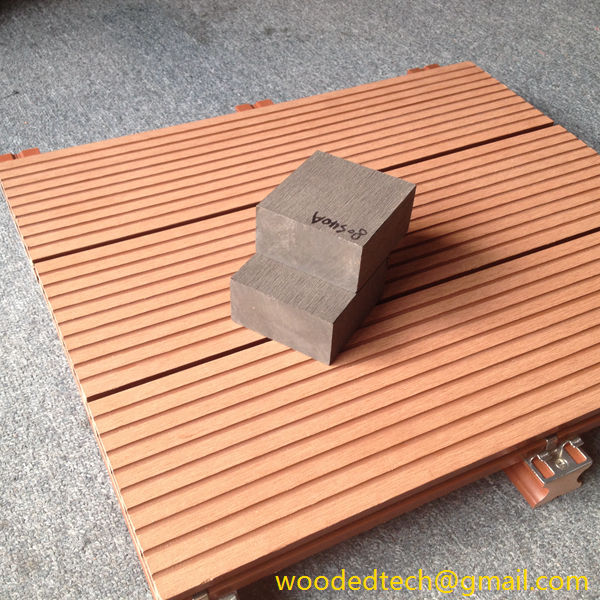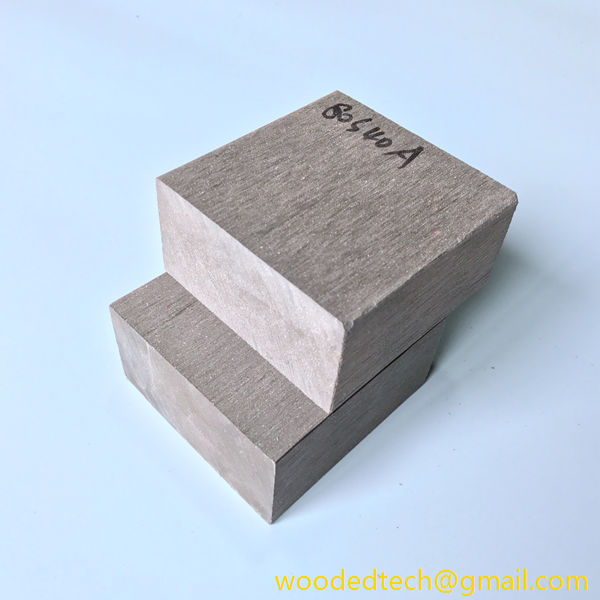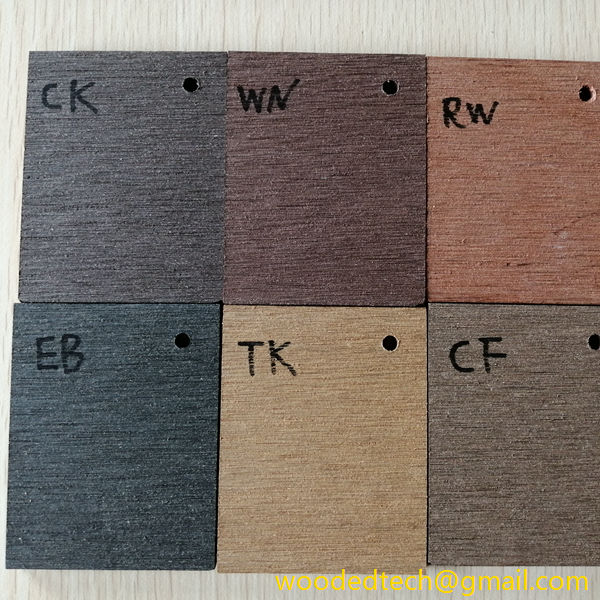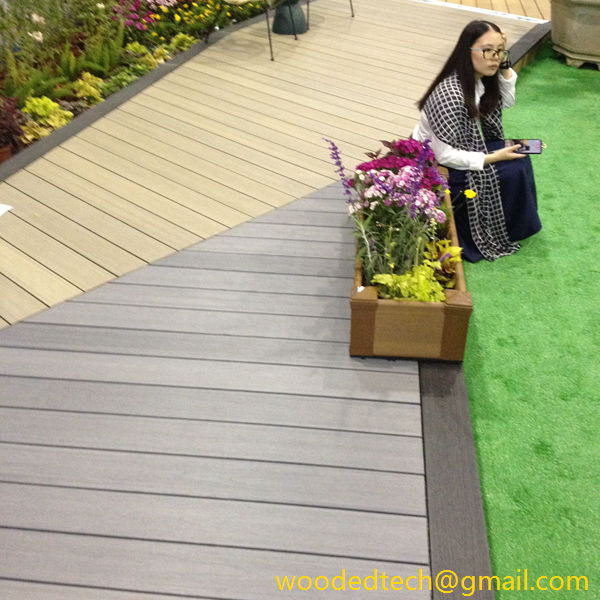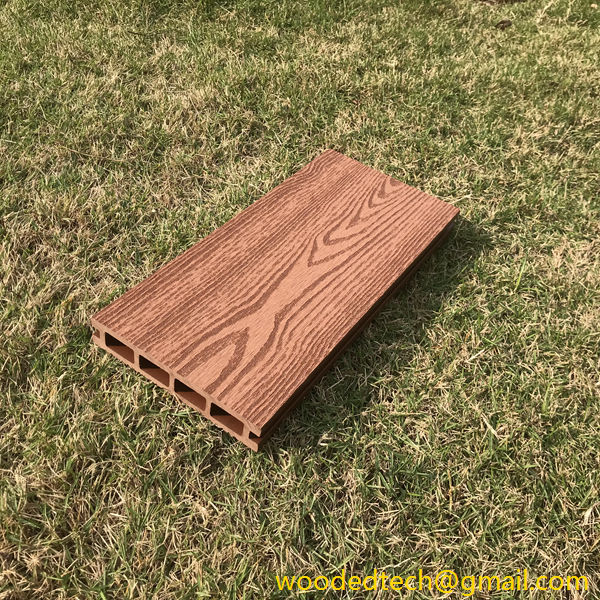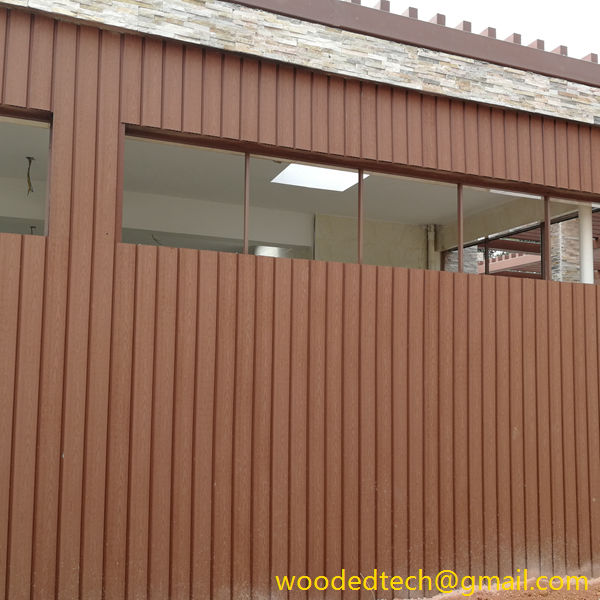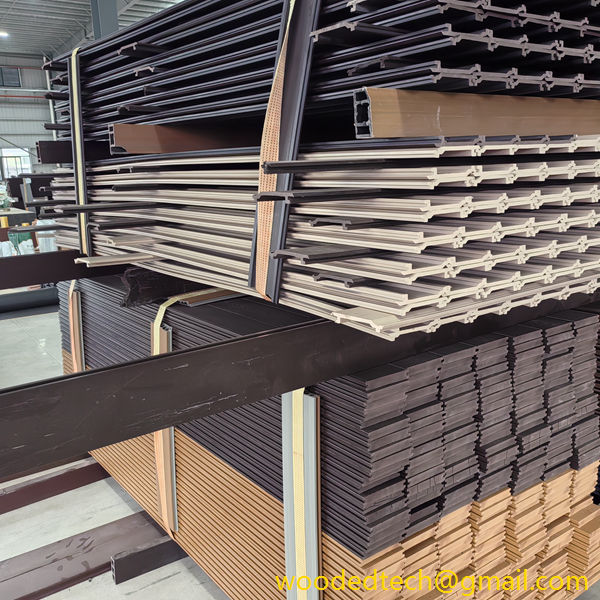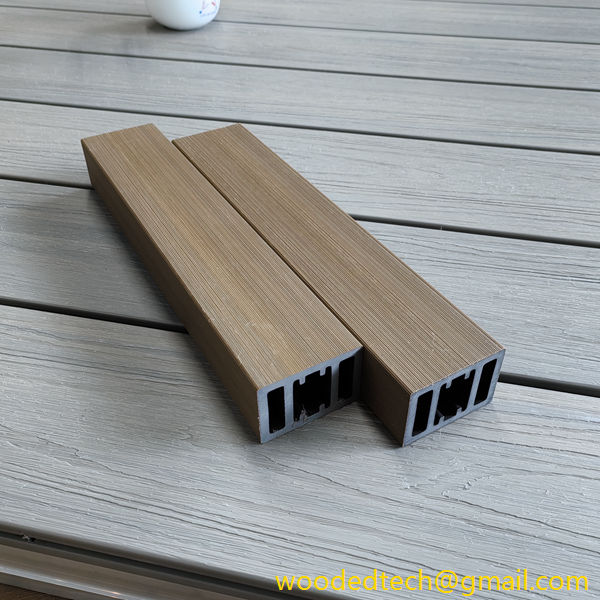WPC Panel Wall Solutions for Every Space
Wood Plastic Composite, commonly referred to as WPC, has emerged as a revolutionary material in the construction and design industries. Combining the natural appeal of wood with the durability of plastic, WPC panels offer an innovative solution for wall applications in various settings. The production process of WPC panels is an essential aspect that contributes to their performance, aesthetics, and versatility. Understanding this process can provide insights into why WPC panels are suitable for diverse environments, from residential to commercial spaces.
The journey of WPC panel production begins with the selection of raw materials. Typically, the primary components of WPC include wood fibers, plastic resins, and additives. The wood fibers can be sourced from recycled wood or sawdust, making WPC an environmentally friendly option. The plastic resins, often derived from polyethylene or polypropylene, provide the necessary structural integrity and moisture resistance. Additives are incorporated to enhance properties such as UV resistance, color stability, and fire retardancy. This careful selection of materials is crucial to achieving a balance between durability and aesthetic appeal.
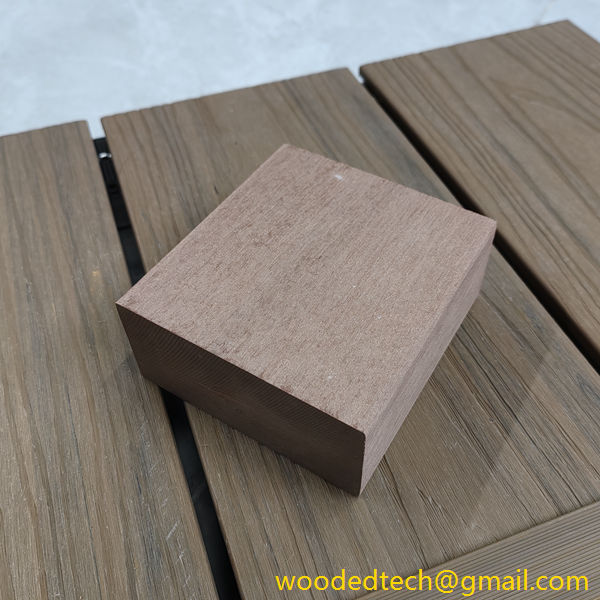
After compounding, the mixture is subjected to extrusion. During this phase, the compounded material is heated and forced through a die to form continuous sheets or profiles. The extrusion process allows for the creation of panels in various sizes and thicknesses, catering to different design needs. The temperature and pressure settings during extrusion are meticulously controlled to ensure that the final product achieves optimal strength and surface finish. Additionally, extrusion enables the incorporation of various textures and patterns on the surface of the panels, enhancing their visual appeal.
Following extrusion, the WPC panels undergo a cooling process, where they are subjected to controlled temperatures to solidify their shape. This cooling phase is vital, as it helps to eliminate any internal stresses that may have developed during extrusion. Once cooled, the panels can be cut to size and subjected to quality control checks. This step ensures that each panel meets the required standards for dimensional accuracy, surface finish, and overall quality.
One of the key advantages of WPC panels is their versatility in application. Due to their moisture-resistant properties, they are ideal for use in high-humidity environments such as bathrooms, kitchens, and even outdoor spaces. The production process allows for the creation of panels that can mimic the appearance of natural wood while offering enhanced durability. This makes WPC panels a popular choice for wall coverings, accent walls, and decorative features in residential and commercial buildings.
Moreover, the aesthetic possibilities with WPC panels are nearly limitless. Manufacturers can produce panels in a variety of colors, finishes, and textures, ensuring that they can complement any design theme. Whether it is a modern office space that demands sleek lines and minimalistic designs or a cozy home that calls for warm, rustic tones, WPC panels can be tailored to fit seamlessly into any environment.
Sustainability is another critical aspect of WPC panel production. The use of recycled materials not only reduces waste but also lessens the demand for virgin resources. Furthermore, WPC panels do not require harmful chemical treatments often associated with traditional wood products, making them a safer choice for indoor air quality. This sustainable approach resonates with environmentally conscious consumers looking for building materials that align with their values.
In conclusion, WPC panel wall solutions provide an excellent option for various spaces due to their unique combination of aesthetic appeal, durability, and sustainability. The production process, from raw material selection to compounding, extrusion, and cooling, plays a vital role in defining the quality and performance of these panels. As the demand for innovative and environmentally friendly building materials continues to rise, WPC panels stand out as a versatile choice for both residential and commercial applications, meeting the needs of modern design while promoting sustainable practices. With their ability to adapt to different environments and design preferences, WPC panels are poised to become a staple in wall solutions for years to come.

